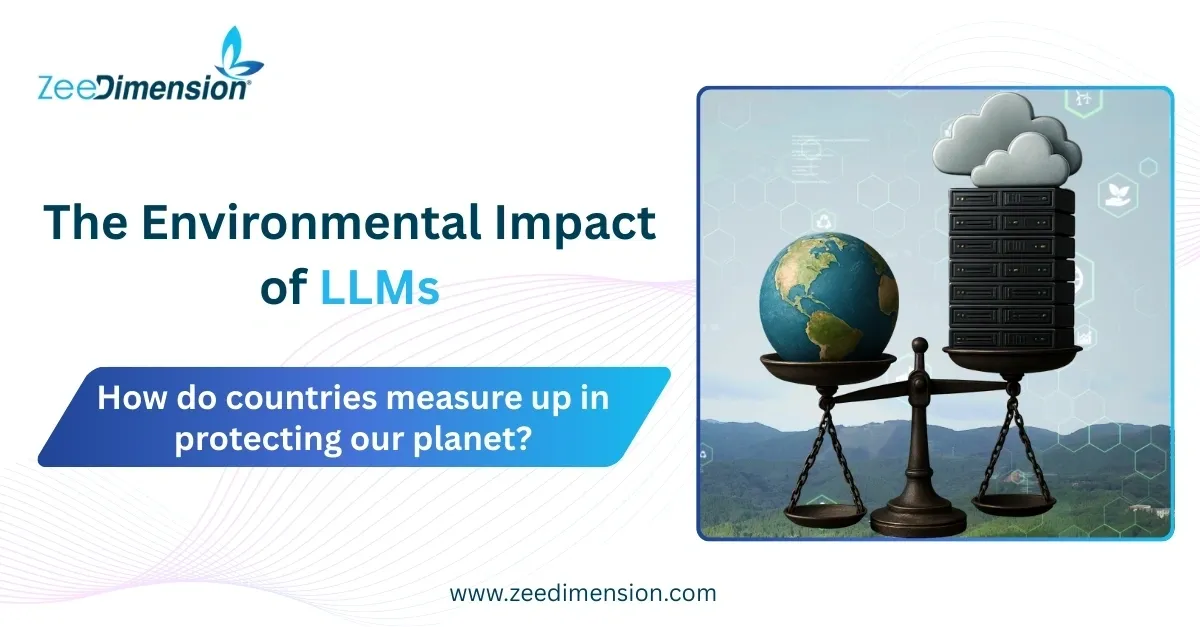Training Energy Demand
Developing large language models requires weeks or months of continuous high-performance computing. Thousands of GPUs or TPUs are often involved, consuming electricity equivalent to what hundreds of households use annually.
Carbon Emissions
Training a single LLM can generate hundreds of metric tons of CO₂ emissions. The impact largely depends on the energy source—models trained on renewable grids are cleaner, while coal-based grids significantly increase the footprint. As models grow in scale, their emissions grow proportionally.
Daily Usage (Inference)
Once deployed, LLMs process millions of queries daily. Each interaction may use only a small amount of energy, but with billions of users worldwide, inference becomes a major contributor to environmental impact.
Data Centers and Cooling
Running these systems requires extensive cooling infrastructure. Water and energy consumption are significant, with each LLM query indirectly linked to water use. This raises particular concerns in regions facing water scarcity or fossil fuel–dependent energy.
Hardware Footprint
GPUs and TPUs rely on rare earth metals and energy-intensive manufacturing processes. Their short lifecycles add to the global e-waste challenge. As demand for AI hardware increases, so does the environmental strain from production and disposal.
Mitigation Efforts
Efforts to reduce the environmental cost of LLMs include:
-
Developing efficient models through techniques such as distillation and quantization
-
Building renewable-powered data centers
-
Using advanced cooling systems to lower water and energy use
-
Committing to carbon offsetting and transparent sustainability reporting
Conclusion
LLMs represent both technological innovation and environmental cost. As reliance on artificial intelligence expands, balancing progress with sustainability goals will be essential. Organizations and developers must adopt greener practices to ensure AI growth does not come at the expense of the planet.









